Mitten crab and the blessings of the river | River crab, loved nationwide, and the flavors of Yamagata and Shonai
2025/09/08 This site contains advertisements. Category: crab
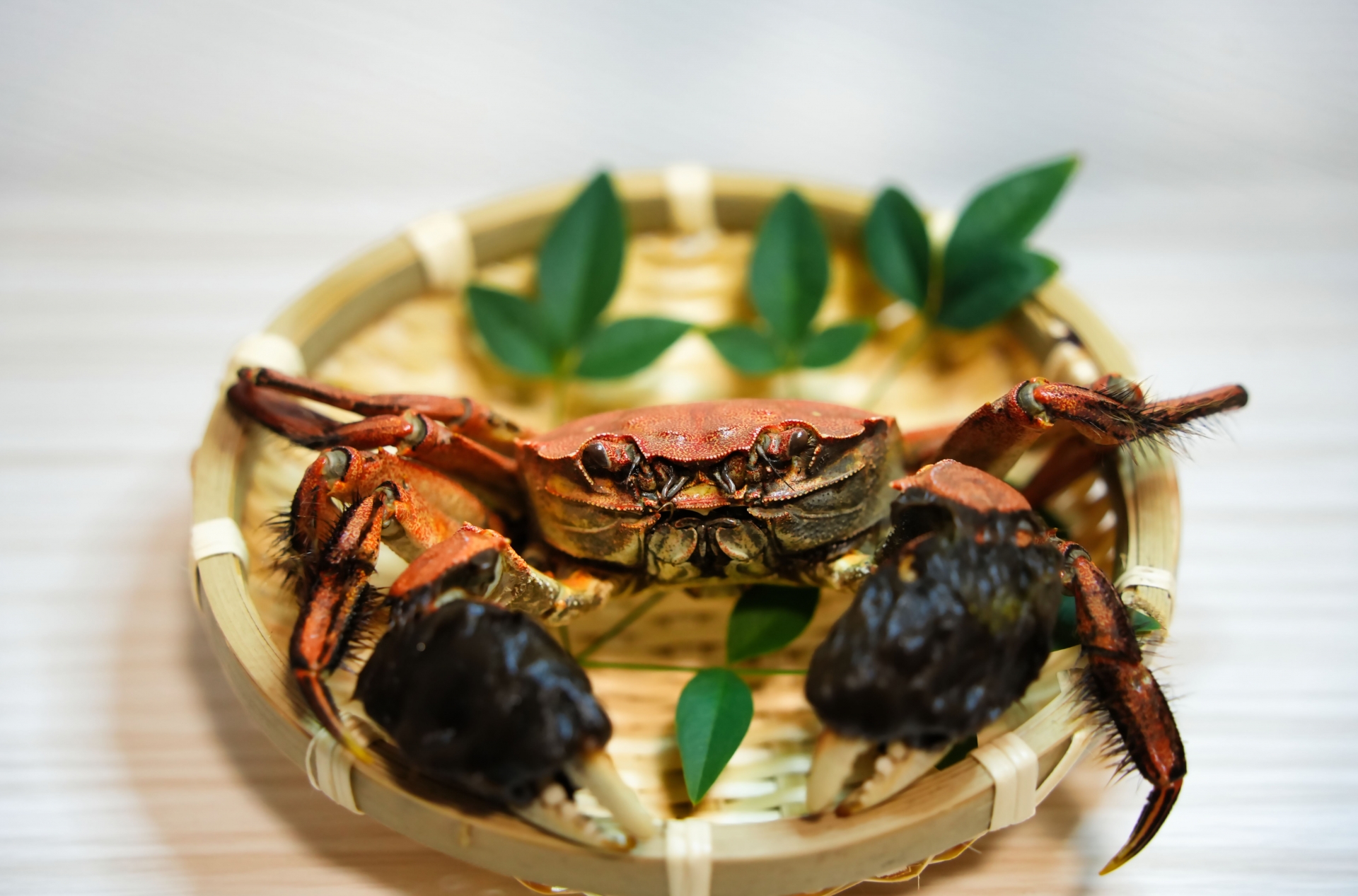
Mitten crabs are a typical Japanese river crab that inhabits a wide range of habitats, from the upper reaches of rivers to their mouths.
In the Shonai region of Yamagata Prefecture, they are known as “river crabs,” and have long been popular in the Mogami, Gekko, and Hyuga rivers. It is said that they were once easily caught along the riverbanks, but catches have now declined, making them a rare and precious species that rarely appears on the market.
While they belong to the same family as Shanghai crabs, a luxury ingredient in Chinese cuisine, they have the rich flavor of a native species, and their miso-based “seared soup” is an exceptional local delicacy.
This article provides a detailed introduction to the ecology of mitten crabs, their relationship with rivers, how to eat them, and local culture.
What is mitten crab? Characteristics and Ecology
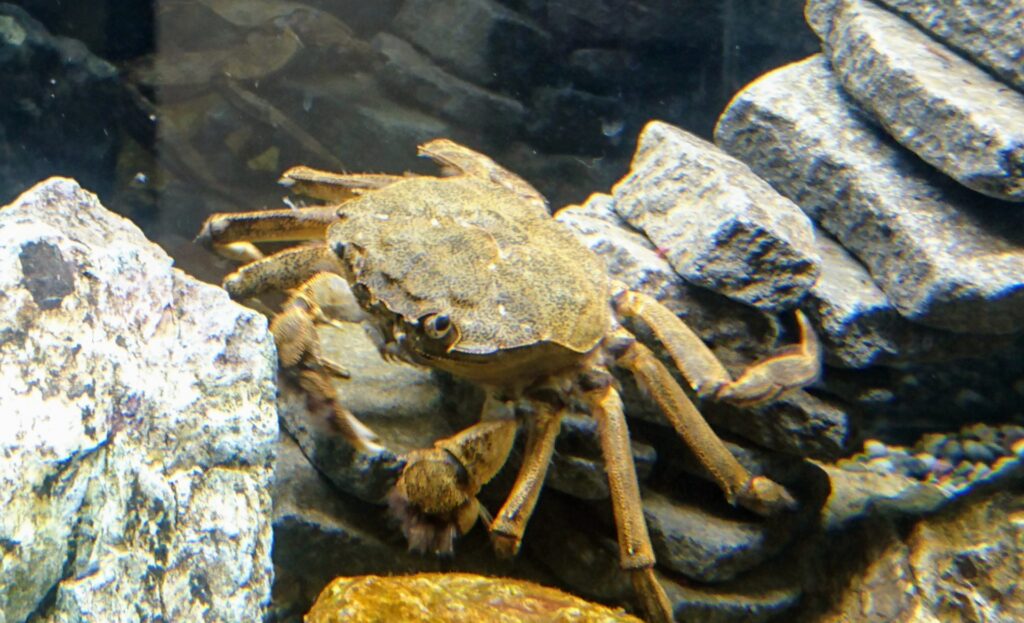
Mokuzu crab is a freshwater crab that inhabits rivers throughout Japan, and can be found from upstream to the river mouths. It is a familiar food source for people who live alongside rivers, and has a deep connection to the food culture of each region.
Origin of the Name and Appearance
Their claws are densely covered with hairs resembling seaweed, hence their name “mokuzugani” (mokuzu crab). Their shells grow to a width of around 8cm, making them relatively large among freshwater crabs. While similar in appearance to the Shanghai crab from China, this is a native species that has lived in Japan for a long time and is a symbol of the region’s natural environment.
In the Shonai region of Yamagata Prefecture, they are called “kawagani” (river crab) and have long been a beloved autumn delicacy.
Habitat | From the upper reaches of the river to the river mouth
Mitten crabs live in rivers with good water quality, usually digging holes between rocks or in the riverbank to live in. They can be found from upstream to downstream, but they are known for their downriver migration, descending to the river mouth from autumn to winter to spawn.
They are well known in Yamagata Prefecture in the lower reaches of the Mogami River, Gekko River, and Hyuga River, and were once so abundant that they could be easily caught with bare hands.
Today, their numbers have declined due to dams and environmental changes, and they are rarely sold in the market, making them a valuable food source.
How to Tell Males from Females
Males and females can be distinguished by the shape of the abdomen, called the “fundoshi.” Males are elongated and slender, while females are rounded. While males have larger, more impressive claws, females with smaller claws are generally considered to have better taste, especially in miso, where they are particularly popular.
During the peak season, female crabs with roe and sotoko become even more popular***.
***What are crab roe and sotoko?
The roe are found inside the shell and are the ovaries of the crab. The sotoko are the small brown grains on the shell on the belly side of the snow crab, and refer to the crab’s eggs .
Regional Names Vary
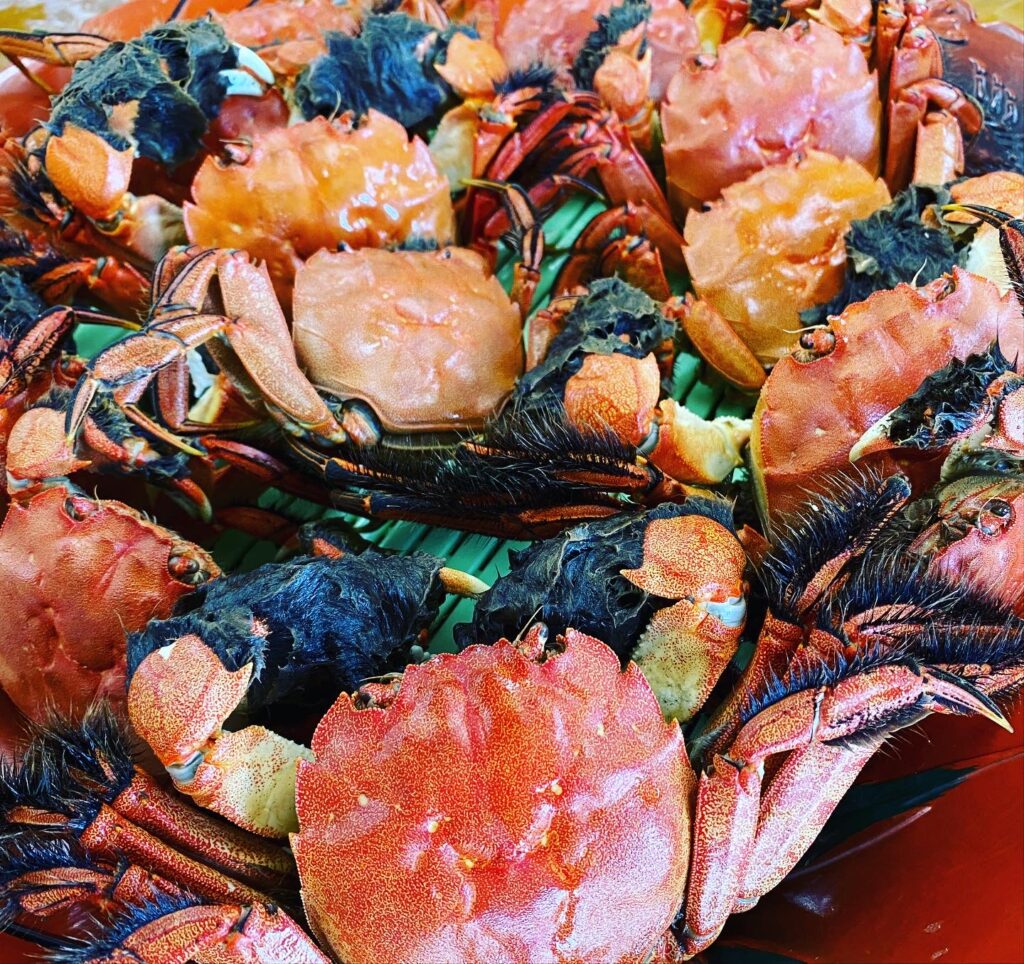
Mitten crabs are widely distributed throughout Japan, so they are called differently by region. Influenced by dialects and culture, each region has its own familiar name, and the differences in their names offer a glimpse into the rich regional flavors of food culture.
Names Used Nationwide
The standard Japanese name for this crab is Mokuzugani. This is the common academic name and is used nationwide.
- National (Standard Japanese Name): Mokuzugani
Names Used in Each Region
However, different names are used in different regions, and the same mitten crab can be perceived as completely different ingredients depending on the region.
- Western Japan (Kyushu, Shikoku, etc.): Tsugani
- Yamagata and Shonai regions: River crab
- Kyushu and Miyazaki: Yamataro crab
- Shizuoka and Izu regions: Zugani
- Shikoku, Kochi, and Tokushima: Ganchi
The different names mean different ways of incorporating them into food culture, giving us a sense of the diversity rooted in regional lifestyles and cuisine.
Rivers where you can find mitten crabs in Japan
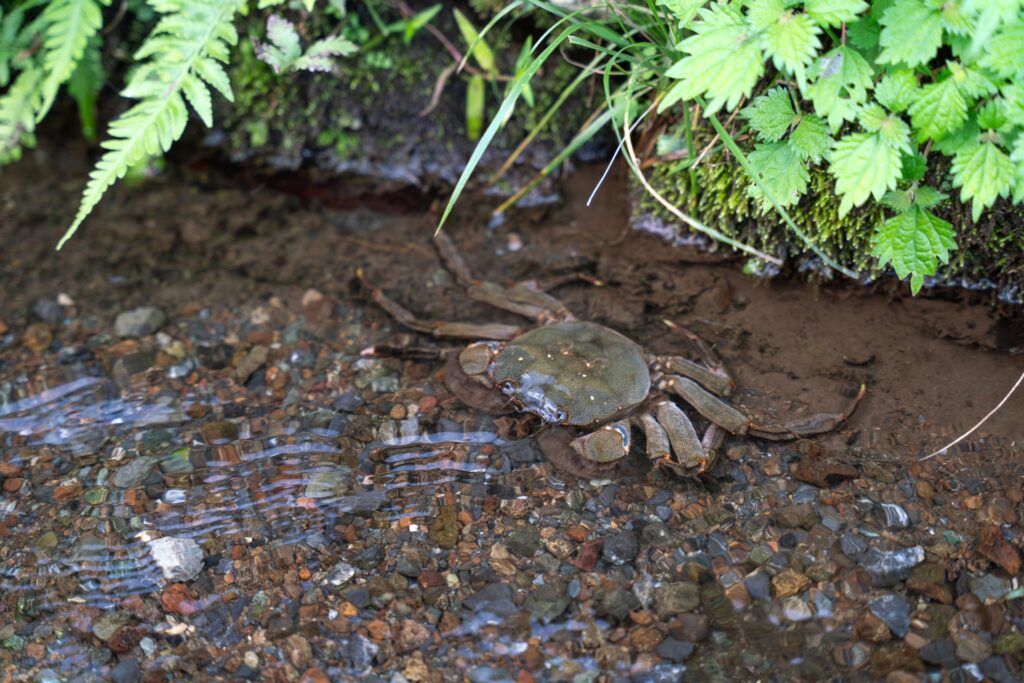
Mitten crabs inhabit rivers throughout Japan, and are particularly common in rivers with good water quality and stable currents. They are widely distributed from upstream to the river mouth, and in the fall they migrate downstream to spawn. Because of this, they have long been deeply associated with river fishing and local cuisine. Here, we introduce representative rivers and their characteristics by region.
Tohoku Region (Mogami River, Abukuma River, etc.)
In the Tohoku region, the Mogami River in Yamagata Prefecture and the Abukuma River flowing through Fukushima Prefecture are typical habitats. The Mogami River in particular is deeply connected to the food culture of the Shonai region, and has long been a popular local dish, such as “seared river crab soup.” In autumn, local fishermen use pot fishing to catch crabs, which are then served on dinner tables as a seasonal delicacy.
Representative Rivers in the Kanto and Kansai Regions
Mitten crabs can be found in major rivers such as the Tone River and Tama River in Kanto, and the Yodo River and Kinokawa River in Kansai. These rivers are often located near cities, making them popular not only as a part of local food culture, but also as a target for environmental education and nature observation.
Kyushu Region | Chikugo River and Kuma River
In Kyushu, they are commonly found along the Chikugo River and Kuma River. In particular, they are called “Tsugani” in the Chikugo River, and have developed into a unique regional food culture, including soups and rice dishes. They are also featured in home cooking as a seasonal autumn feature, and are an essential river blessing for local residents.
Environmental Relations and Resource Conservation
Because mitten crabs live in rivers with good water quality, they are also valuable as an environmental indicator. However, dam construction and embankment construction have disrupted their migration routes between rivers and the sea, causing resource declines in many areas. As a result, fishing cooperatives and local governments are taking steps to protect the resource, including releasing juvenile crabs and establishing closed fishing periods.
Mitten Crab Fishing Methods and Seasonal Seasons
Mitten crabs are a food ingredient closely linked to local river fishing, and have long been a beloved autumn delicacy. They are caught by taking advantage of their habit of migrating downstream during the peak season, and are an essential part of local cuisine in the Shonai region of Yamagata Prefecture and elsewhere. Here, we will explain the peak season for mitten crabs, traditional fishing methods, and modern fishing regulations.
The peak fishing season is from autumn to early winter
The peak season for mitten crabs is from autumn to early winter. After spending the summer in rivers, mitten crabs head downstream to the sea to spawn in the fall. At this time, the crabs’ flesh becomes dense and the miso becomes rich, making it the most delicious time of the year. River fishing is popular in the Shonai region at this time of year, and you’ll see river crab dishes on dinner tables.
Traditions of Crab Pot Fishing an Trap Fishing
Mitten crab fishing has been practiced using traditional methods rooted in the region. The most common method is “crab pot fishing,” which involves placing bait in traps set in the river current, efficiently catching nocturnal crabs. Another method, known as “trap fishing,” involves setting traps in a section of the river and using the current to lure crabs into nets or traps. Both methods are based on wisdom passed down from ancient times and remain a symbol of local river culture.
Pay Attention to Fishing Rights and Closed Periods
Today, fishing rights and closed fishing periods have been established in many rivers to protect resources. Since collecting crabs without permission may be illegal, it is important to always check the rules of local governments and fishing cooperatives before attempting to catch crabs yourself. Fishing is sometimes available as a tourist experience or at local events, so if you’re interested, it’s best to enjoy it legitimately.
Differences from Shanghai Crab and the Issue of Invasive Species
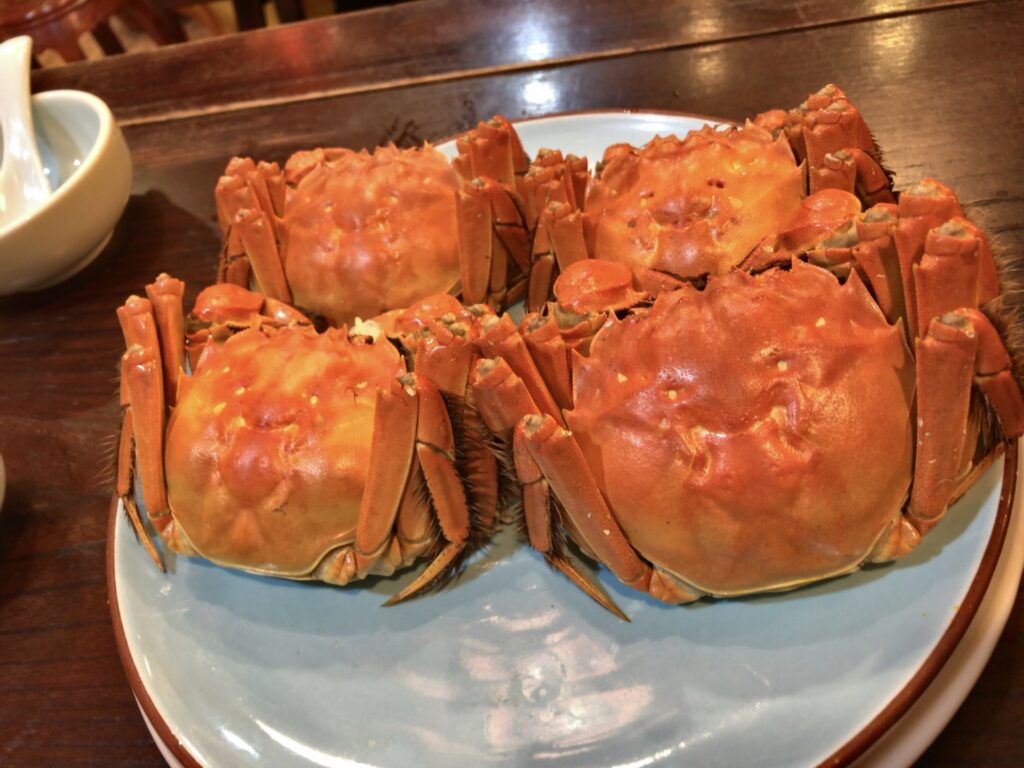
The Shanghai crab, known as a luxury ingredient in Chinese cuisine, and the river crab (mitten crab) popular in the Shonai region are from the same family, but are actually different species. While they look and taste similar, the native Yamato giant mitten crab lives in Japan’s rivers and is considered a local resource that must be protected. However, Shanghai crabs, introduced as an invasive species, are of concern as they may impact the ecosystem, so caution is required.
Differences between Shanghai crabs and mitten crabs
Shanghai crab (Chinese mitten crab) is a signature food of China, popular in autumn when it is in season as a whole steamed crab or in crab miso dishes. While very similar to the Japanese mitten crab, they are classified as separate species, with slight differences in the shape of their shells and leg patterns. Both species are highly valued for their rich flavor and sweet meat, and in some regions, they are sometimes referred to as “river crabs” or “Japan’s version of Shanghai crabs.”
Risks of Invasive Species
Shanghai crabs have been introduced to Japan for ornamental purposes and as food, and have been confirmed to have become established in some areas. If invasive species spread into rivers, there are concerns that they will compete with native mitten crabs and impact the ecosystem. For this reason, unauthorized release is prohibited, and the Ministry of the Environment monitors invasive species.
Native species that should be protected as a local resource
Meanwhile, the mitten crabs that inhabit Japan’s rivers are a native species and a valuable resource linked to local food culture. To enjoy them sustainably, it is essential not only to avoid uncontrolled harvesting, but also to prevent the introduction of invasive species and protect the river environment.
Parasite and Cooking Precautions
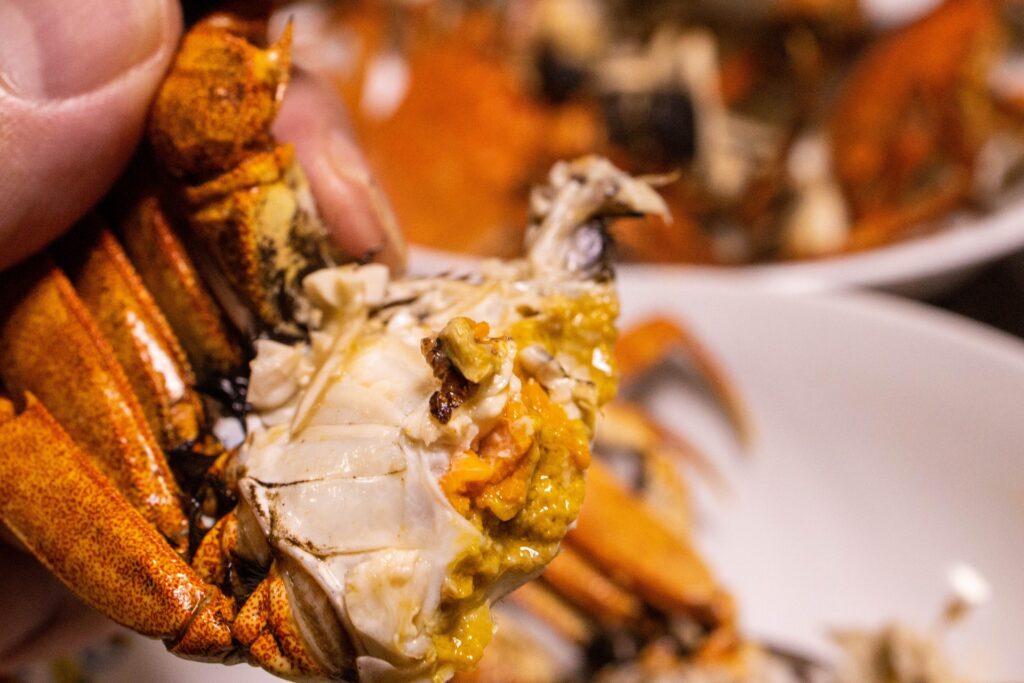
Mitten crab is a delicious river delicacy, but care must be taken when cooking it. Because it is a river-dwelling creature, there is a risk of parasites, and eating it raw is strictly prohibited. To enjoy it safely, thorough cooking and hygienic management of cooking utensils are essential.
Risk of Paragonimus westermani
Mitten crabs are known to be intermediate hosts for Paragonimus westermani. This parasite can infect humans by eating undercooked crab, potentially affecting the lungs and bronchi. Therefore, it is important to thoroughly cook crab and avoid eating it raw.
Be careful of bodily fluids while cooking
If body fluids splash when cracking the shell, the parasitic larvae (metacercariae) may get on your hands or cooking utensils. Therefore, avoid handling live crabs with bare hands and use gloves and specialized utensils when cooking.
Hygiene Management of Utensils
After cooking mitten crab, be sure to wash it thoroughly with running water and soap, as body fluids may remain on the cutting board and knife. Furthermore, disinfecting with boiling water or alcohol significantly reduces the risk of infection. By thoroughly washing your hands after cooking, you can enjoy river crab dishes with peace of mind.
Local Cuisine “Tatakijiru” and How to Eat It
In the Shonai region of Yamagata Prefecture, “seared river crab soup” (tatakijiru) made with mitten crab has long been a popular dish in homes and fishing towns. This unique cooking method, which involves crushing the crab whole, extracting its umami, is a local dish that fully savors the rich flavor of river crab. It’s also enjoyed in a variety of ways, including steamed crab, hot pot dishes, and rice dishes.
How to Make Seared River Crab Soup
First, remove the crab’s undershirt and gills from the belly, then finely mash it in a mortar and pestle, including the shell. Strain the paste through a sieve and add it to the miso-flavored hot pot, revealing fluffy floating pieces. When you scoop it up and bring it to your mouth, the distinctive river crab aroma and rich flavor fills your mouth, creating an unforgettable dish.
Steamed Crab and Hot Pot Dishes
In addition to seared crab soup, other popular dishes include “steamed crab,” which is simply steamed to bring out the flavor of the ingredients, and “hot pot,” which is simmered with vegetables. Especially in the cold season, adding river crab to a miso or soy sauce-based soup makes a delicious treat that warms you from the inside out.
Takikomi Gohan (rice dishes) and home-cooked dishes
In some regions, river crab extract is used in broth to create rice dishes and porridge. The rich flavor infuses the rice, adding a luxurious touch to everyday meals. This home-cooked dish has been passed down through the generations, making the most of the river’s bounty.
Summary
Mitten crab, also known as “river crab,” is a beloved autumn delicacy found in rivers throughout Japan, including Shonai, Yamagata Prefecture. Fishing and culinary cultures have taken root in each region, such as the Mogami River and Chikugo River, making it a food with a strong local flavor.
However, due to the risk of invasive species and parasites, it is important to be mindful of safe cooking and resource conservation. Why not enjoy this precious river bounty along with its culture?
- #Abukuma River
- #alien species
- #Carp fishing
- #Chikugogawa
- #cooking method
- #Crab pot fishing
- #fisherman
- #food culture
- #ganti
- #Gyokyō
- #kawagani
- #Kinokawa
- #Kuma River
- #local cuisine
- #luxury ingredients
- #Metacercaria
- #Mogami River
- #Mokuzugani
- #natural environment
- #nature conservation
- #Oguni River
- #Paragonimus westermani
- #parasite
- #river fish
- #shanghai crab
- #shell
- #Shonai
- #Tama River
- #Tataki-jiru
- #tugani
- #Widely distributed throughout the country
- #Yamagata Prefecture
- #yamatarogani
- #Yamatooomokuzugani
- #Yana fishing
- #Yodo River
- #zugani



![[Yamagata, Tendo] Enjoy authentic gelato at the sports park! Made by Italian-trained artisans at “COZAB GELATO” アイキャッチ](https://bongheiberg.yamagata.jp/wp-content/uploads/2025/09/top-scaled.jpg)
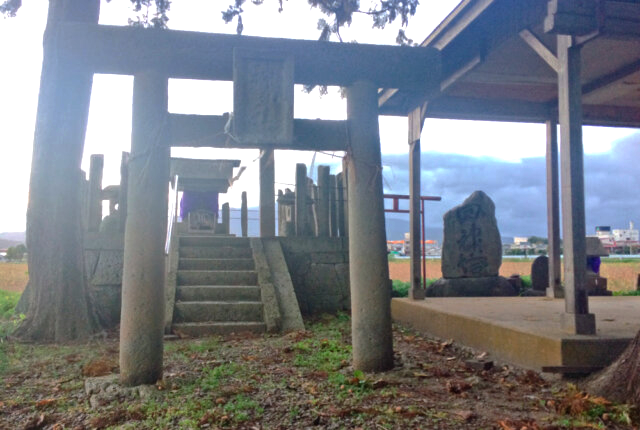
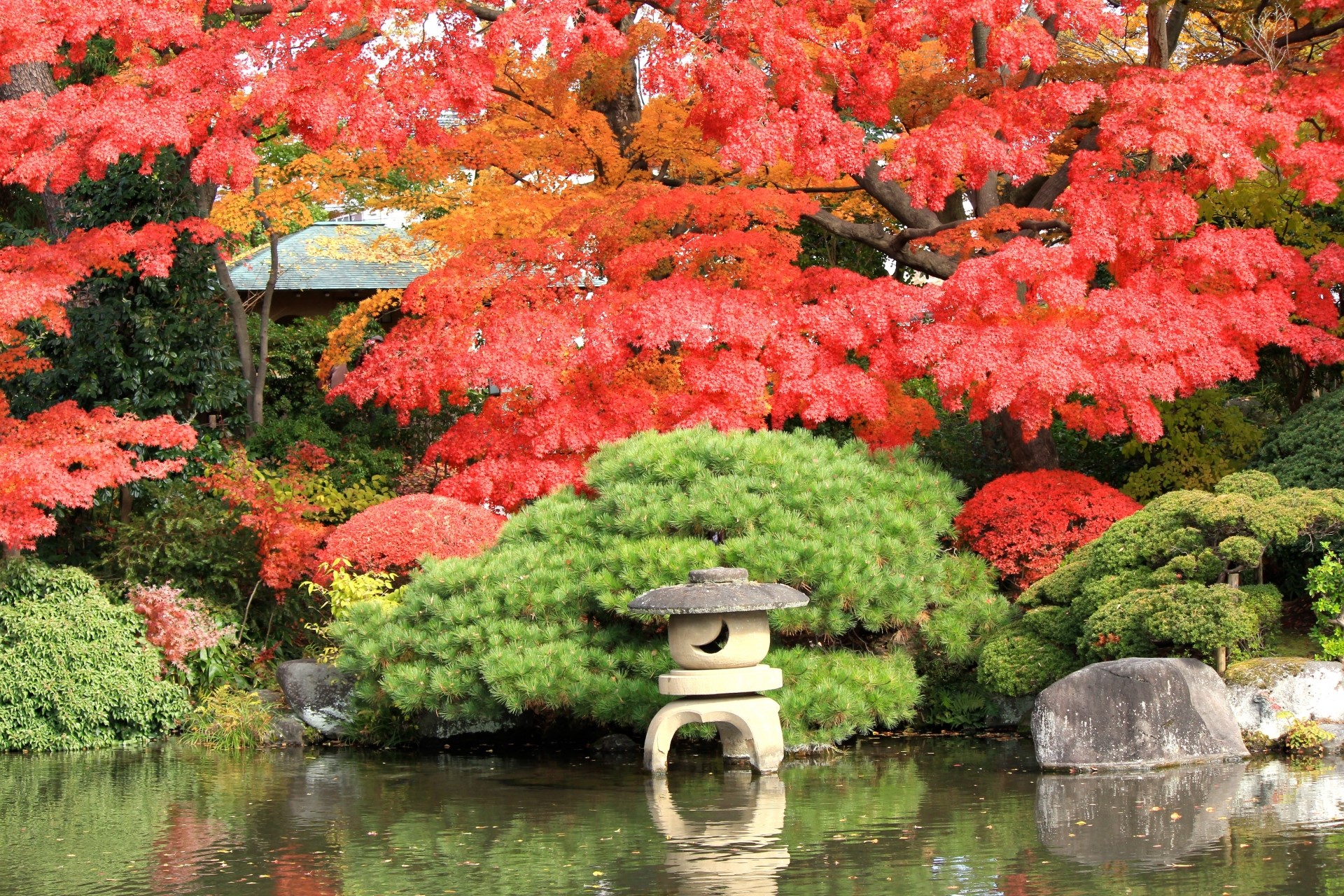
![[Yamagata, Shonai] Kumagaya Shrine, the birthplace of Kamenoo | Learn about the life of Kumagai Saburobei, the god アイキャッチ](https://bongheiberg.yamagata.jp/wp-content/uploads/2025/09/熊谷神社.jpg)
![[Yamagata, Tozawa] “Roadside Station Tozawa Kouraikan” Experience of traveling Korea | Korean gourmet food, and souvenirs アイキャッチ](https://bongheiberg.yamagata.jp/wp-content/uploads/2025/10/道の駅とざわ_高麗館9-1.png)
![[Yamagata, Murayama] Link MURAYAMA’s pizza shop “pizza nu-ma” | Delicious pizza tasting report アイキャッチ](https://bongheiberg.yamagata.jp/wp-content/uploads/2025/09/pizza-nu-ma7.png)